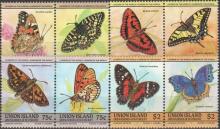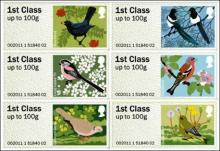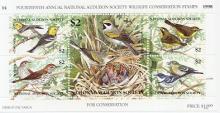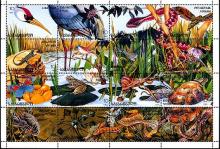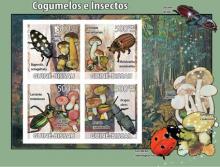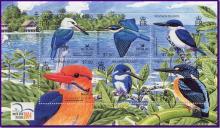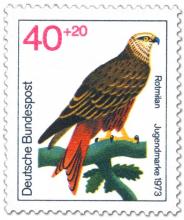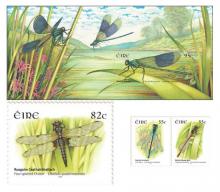An Open Letter to Tom Vilsac, USDA and Lisa Jackson, EPA by Anthony Samsel
Dear Tom Vilsac,
I am writing you as a scientist and as an agribusiness-man who has used both aldicarb and neonicotinoid systemic insecticides commercially and who has suffered losses of honey bees foraging on treated crops. I have had personal experience using systemic insecticides on a commercial scale having been the owner of several agricultural businesses in the Northeast USA.
In the 1990's on two separate occasions I witnessed complete colony collapse of my bees. The first incident losing over a half a million bees that foraged on two acres of potted perennials which were treated with Imidacloprid. The second time I lost several hives to a neighbors 'Grubex' 1 control treated clover lawn. After seeing the total collapse of the hives we stopped using Imidacloprid and all other systemic pesticides. I no longer use any pesticides, or biocides and now practice sustainable organic methods of agriculture.

